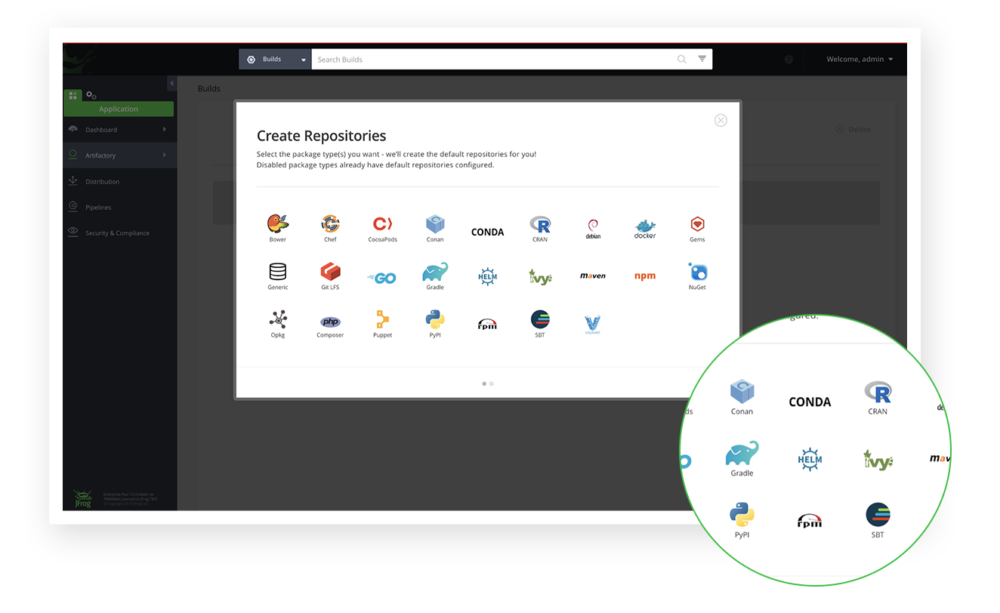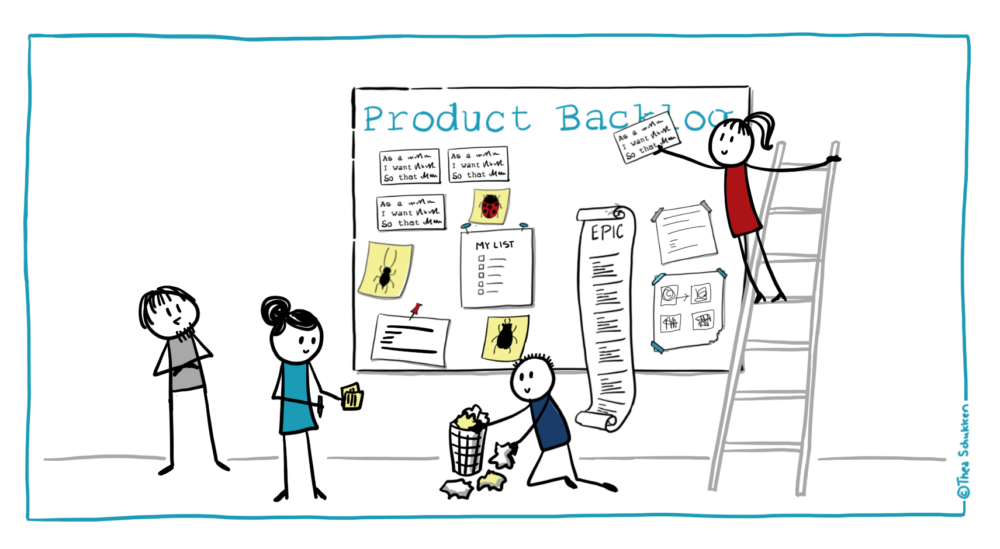
As you might already know, software development isn’t an easy thing to do. No matter what kind of development we are talking about, many things can go wrong. Being overwhelmed all the time and not knowing what you are doing can be confusing both for teams and individuals.
Sadly, many people have fantastic development skills, but they don’t make the most of the tools and practices that are designed to help them organize the whole process. But it doesn’t have to be that way. No matter if you are a solo developer or a team leader, there are ways you can improve the whole process.
Today, we are going to share four tips that can instantly help you improve your organization in this area.
Table of Contents
Establish a Workflow

As you know, there are different phases of development. Also, different types of development jobs have different stages. However, a lot of people don’t have an actual workflow established for their development process. This might sound strange, but many people don’t.
A lot of people think that it doesn’t matter. However, they don’t look at the whole perspective. In development, many important factors need to be considered. It’s not just about if something is done or not. You need to have a clear workflow for each phase.
There are several different methodologies you can take advantage of, but while you’re in the startup phase, chances are you’ll go the DevOps route. DevOps ensures that your development and operations teams are working together cohesively to create a finished product that works. This philosophy not only helps on the development end, but on the workplace culture end as well. You’ll benefit from improved operational support, quicker fixes, engaged teams, collaborative working, and cross-skilling.
Of course, there are some cases where agile methodologies may not be best for you. For example, if you have rigid requirements and regulations, have low product owner involvement, have a fixed and firm timeline, or are building enhancement to an existing product, then the waterfall method might make sense for you.
No matter if you are talking about reviewing, planning, deploying, or doing tasks, you need to know how you approach them. Set all workflows in place before you start working.
Use an Artifact Management Tool

If you need to distribute, organize, and store artifacts, it’s always good to use a repository like JFrog or some artifact management tool. First of all, it brings all of your artifact management in a single location.
At the same time, these tools give you a clear overview of your artifacts. This prevents mistakes and creates a better sense of consistency. Versioning is much easier as you can add metadata and store it. This means that everyone can see the version, build date, and other relevant information.
If working in a team, these tools allow you to manage permissions and set who can download or publish artifacts. These are just some of the benefits of these tools, and they have become a standard in various development processes.
Code Quality Management is Essential

For many development companies and individuals, quality assurance requires a lot of time and money. Doing tests on your own can cost you a lot of time. On the other hand, hiring testers to do the job for you can also be costly.
For these reasons, you need to take into account for testing at the very start. If you plan on doing automated tests, make sure to do them regularly on smaller software fragments. On the other hand, it’s generally good to have developers review and test each other’s code.
By doing this, you will prevent a lot more issues down the line. Yes, this will take time, but figuring out where the bug or error is in the late stages will cost you even more. At the same time, your code will be far better.
Make Sure Your Backlog is Clean

It’s easy to stuff your backlog. New ideas come quickly, but implementing them is a whole different story. However, you need to keep your backlog in shape if you want it to have a purpose. With a nicely structured backlog, you will always be able to see what’s important and where to focus your attention.
At the same time, you won’t ignore less essential ideas that you’ve come up with through different channels. If not, your backlog will have a lot of tasks you won’t ever work on. Split up the information in your backlog into those tasks you plan to do in the future and those you might do if you get the time.
No matter what kind of project management tool you are using, create these separate lists. This is how you will always work on what’s essential. If you get some extra time, you can go through the list of projects that would be “good to do.”
The right project management platform is essential here. In development, Trello and Asana (using board view) are great ways to keep your backlog managed effectively. Your platform helps create accountability across your team and offers a high-level overview of your tasks. To make this process even more streamlined, you might create different boards or lists depending on different types of backlogs you might have. You should also take advantage of the different integrations that project tools offer; for example, you might integrate Trello with Git to keep your workflow moving consistently.
Bottom Line
Yes, the development process is quite complicated and versatile. There are many things you can optimize and focus on. But with these four tips, you can instantly see better results no matter what kind of development you’re doing. If you have some ideas about how to improve the development process, be sure to share them. Keep in mind that finding the right development process takes time and work. Like any programming, you may need to go through several iterations, taking your time to figure out what works best, trying it again, and re-working as needed to remove “bugs” and inconsistencies.




